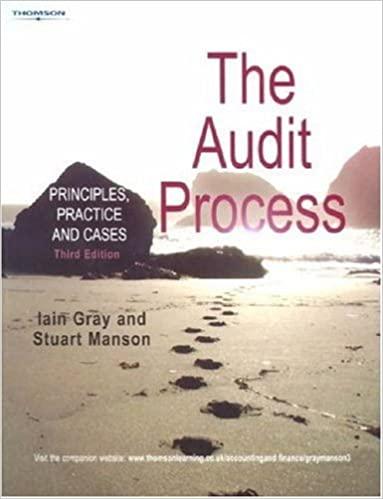Question
The board of education is considering replacing five full-size buses with eight minibuses each of which would cover a much shorter route than a full-size
The board of education is considering replacing five full-size buses with eight minibuses each of which would cover a much shorter route than a full-size bus. The bus drivers are part-time employees making $18,000 per year for each driver. Annual costs of operating and maintaining a full-size bus amount to $50,000, the board projects that a minibus will cost only $20,000 annually. The school district controller has estimated that it will cost the district $15,250, initially, to redesign its bus routes. A minibus costs $27,000, whereas a full-size bus costs $90,000. The school district uses straight-line depreciation for all of its long-lived assets. Two options for the five full-size buses sell at $15,000 each or keep in reserve to use for backup. Currently, the board charters buses for this purpose at $30,000 annually. The school district controller has estimated that this cost could be cut to $5,000 per year if the five buses were kept in reserve. The five full-size buses have five years of useful life remaining, the new minibus is projected to be five years also. The School District uses a hurdle rate of 12 percent on all capital projects.
1. Compute the internal rate of return on the proposed minibus acquisition.
2. What information given in this case was irrelevant to the school boards decision problem? Explain why the information was irrelevant.
Step by Step Solution
There are 3 Steps involved in it
Step: 1

Get Instant Access to Expert-Tailored Solutions
See step-by-step solutions with expert insights and AI powered tools for academic success
Step: 2

Step: 3

Ace Your Homework with AI
Get the answers you need in no time with our AI-driven, step-by-step assistance
Get Started


